Collaborative note-taking has a solid track record in the academic world. It helps students distribute workload, patch up revision materials, and mix in different points of view. Now, with a bit of tinkering, you can also turn it into a remote team superpower!
In today’s article, we revisit Niklas Luhmann’s Zettelkasten and discuss three popular note-taking techniques. We’ll also show you how you can combine the two ingredients to create a reliable note-taking system for your distributed team.
💡 Before you start… If you’ve never heard of Luhmann’s Zettelkasten, be sure to check The Zettelkasten Method for Distributed Teams first for a proper introduction.
⏱ Collaborative Note-Taking: A Quick Start Guide
What Is Collaborative Note-Taking?
Collaborative note-taking—pen-and-paper or via cloud document editors—is one of the most effective techniques for capturing, integrating, and sharing knowledge, all in real-time.
In a true snowball fashion, it lets teams quickly build up a substantial amount of refined information, either for record or to be repurposed into fresh content.
Remote teams can use the technique to gather business intel, take better meeting notes, and quickly co-write and edit documents based on shared notes in real-time or asynchronously.
Speaking of meetings, check out our meeting notes template to get a headstart whenever you’re taking minutes for your meeting!
Three Effective Note-Taking Techniques (+Templates)
Before your team can organize and process notes in a Zettelkasten, you need to pick a note-taking scheme that’ll help each team member capture their observations.
For the purpose of this article, we selected three note-taking methods that’ll come in handy during team/client meetings, brainstorming sessions, or project planning. You can grab a free template
💡 Each of these methods can be used collaboratively. If you’re using Taskade as your go-to note-taking tool, simply click Invite People ➕ at the top of your notes page.

You can also add team members directly to your Zettelkasten Workspace.
Like this. 👇
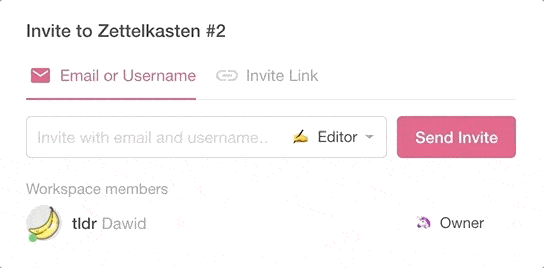
If you’re new to Taskade, check our Live Demo first or drop by the Help Center to learn more about Workspaces, Subspaces, and Projects.
1. The Cornell Method
In the Cornell method, you take notes by dividing a page into three sections, two adjacent columns for cues/actual notes, and a small area at the bottom for a summary.

The Cornell Note-Taking Method layout by via the University of Maine at Fort Kent(1)
🗒 Instructions:
- ✍️ Take notes and copy diagrams/drawings into the right-hand column.
- 💭 Use the left-hand column for supporting questions and cues.
- ➕ Combine the notes and cues into a summary at the bottom of the page.
🐑 Taskade Implementation:
To map out the layout of the Cornell method, choose the Board ▪◼︎ project view at the top-right corner. Proceed to add three separate boards by clicking on the ➕ button.
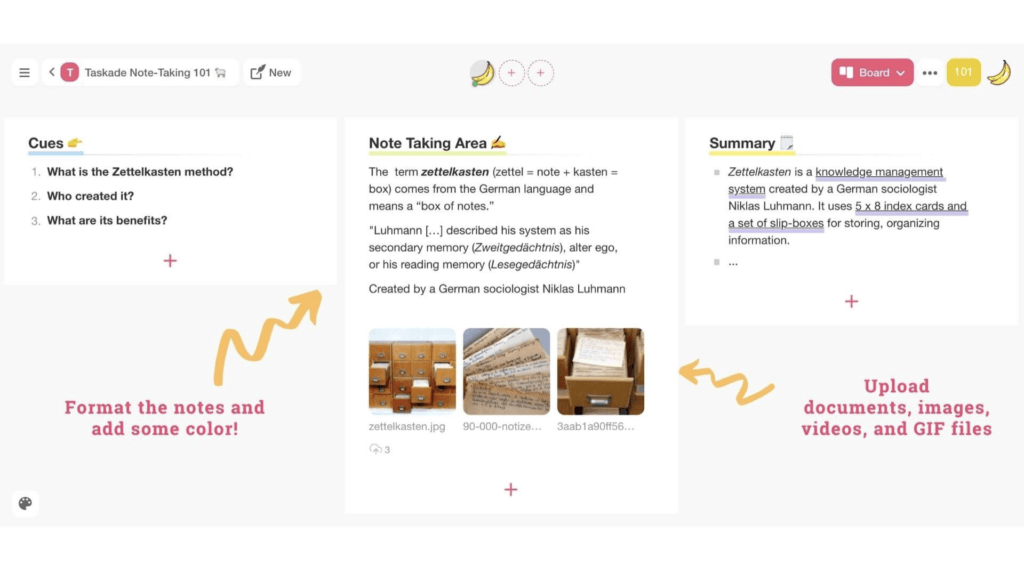
Don’t forget to upload images, videos, charts, and other supporting content to your notes. To do that, select a content block and click Attach Files ☁️ in the pop-up menu.
Grab this free Cornell note-taking method template. 👇
2. The Outlining Method
The Outlining method uses bullet points and indentation to structure notes into a high-level outline. Notes are divided into clusters, with key points filling in the blanks.

The Outline Note Taking Method layout by The Global Scholars(2)
🗒 Instructions:
- ✍️ Place the most general information (topic) on the far left.
- 🖇 Indent lower-level elements (content) below it.
- 🔤 Continue building the structure in a hierarchical way.
🐑 Taskade Implementation:
To use the Outlining method in Taskade, select the List 〓 project view and add the key topic at the top. Add a few lower-lever elements and indent them with the Tab key.
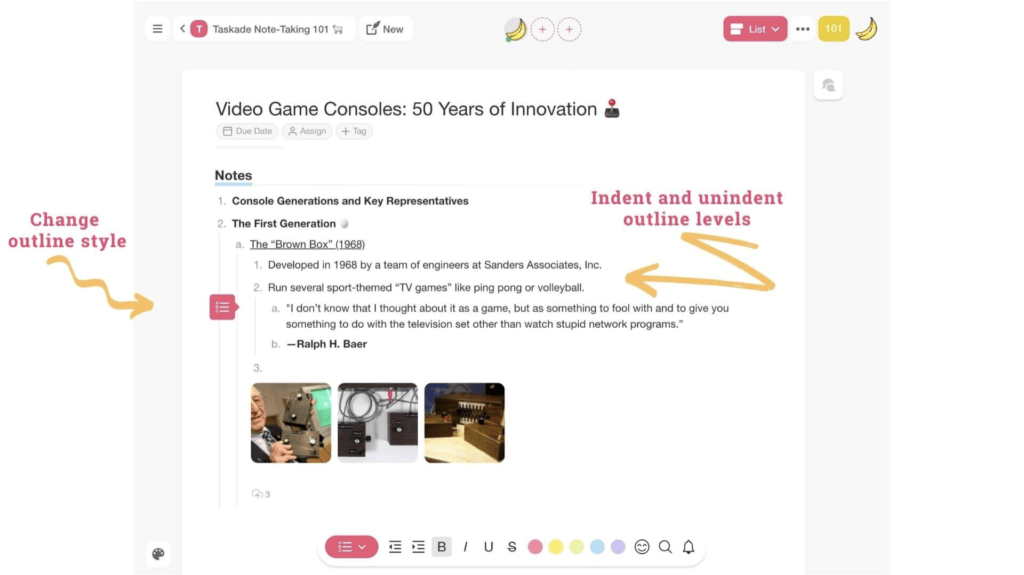
If you want to learn more about outlining, read Past, Present, and Future of Outlining Software on the blog or drop by our Help Center.
Grab this free outline note-taking method template. 👇
3. The (Mind) Mapping Method
You can think of the Mapping method as a visual representation of an outline. Notes are added as keywords, with the key topic branching out from the middle of the page.
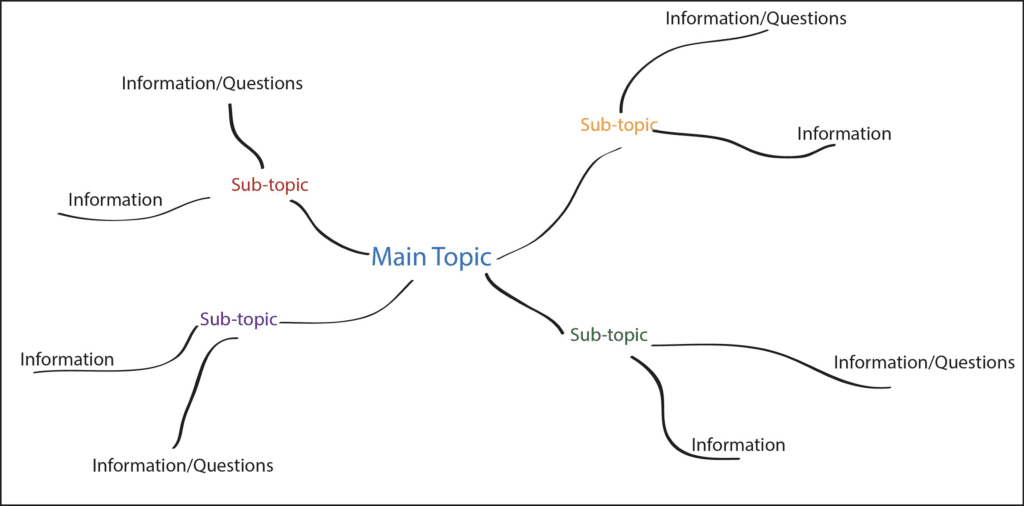
The Mind-Mapping Note-Taking Method layout by The University of Auckland(3)
🗒 Instructions:
- ✍️ Place the cornerstone element (topic) in the middle of the page.
- 🌲 Branch out into sub-topics using keywords (content).
- 🧭 Use arrows, colors, and other graphical cues for clear navigation.
🐑 Taskade Implementation:
To map notes in Taskade, select the Mind Map ⑆ or Org Chart ⑃ project view and add the first key topic. Click on the ➕ button to add sub-topics.
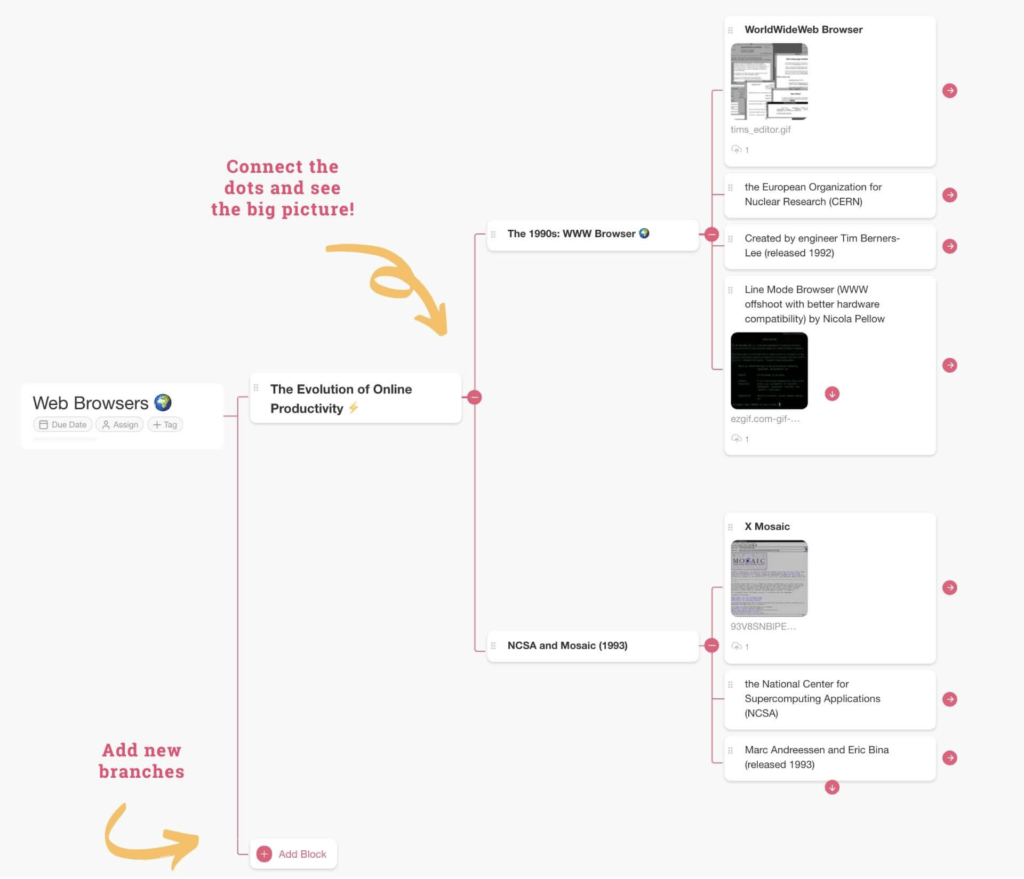
Grab this free mind map note-taking method template. 👇
And now for the fun part.
💾 Adding Notes to a Collaborative Zettelkasten
“A good structure is something you can trust. It relieves you from the burden of remembering and keeping track of everything. If you can trust the system, you can let go of the attempt to hold everything together in your head and you can start focusing on what is important: The content, the argument and the ideas.”
Sönke Ahrens, How to Take Smart Notes(5)
The original Zettelkasten (German: “box of notes”) was a pen-and-paper knowledge management system created by a German sociologist Niklas Luhmann.
The system—comprised of 5 x 8 index cards and a set of slip-boxes for storage—acted as Luhmann’s “secondary memory” he could rely on in his scholarly pursuits.

Niklas Luhmann’s Zettelkasten organization scheme via Wikipedia.(4)
In our previous article, we covered Zettelkasten’s history and basic concepts. Today, we update our guide based on Sonke Ahren’s How to Take Smart Notes, a wonderful note-taking guide for students, writers, and academics.
Let’s start with some basic stuff.
1. Pick Your Note-Taking Tool
“Good tools do not add features and more options to what we already have, but help to reduce distractions from the main work, which here is thinking.”
Sönke Ahrens, How to Take Smart Notes(5)
According to Ahrens, there are four essential ingredients of a complete Zettelkasten workflow. Each should be as simple and distraction-free as possible.
Let’s break them down one by one.
📒 Writing medium
- A notebook, a piece of paper, or a mobile note-taking app
- Used for aggregating ideas, questions, and thoughts
- Short-term storage purged after filing notes into a slip-box
🗂 Reference management system
- A content management system with hyperlink support
- Used for storing literature notes and bibliographical references
- Permanent record, separate from the main slip-box
🗃 Digital slip-box
- The main part of the Zettelkasten
- Used for filing refined, permanent notes
- Permanent record with tags and cross-links
🖥 Document editor
- A simple, distraction-free word processor
- Used for creating drafts and editing
- Ideally, it should support quick referencing
The good news is, you don’t have to use four separate tools for the job. Your team can use Taskade for capturing, curating, storing, and repurposing notes.
And that takes us to our next point. 👇
2. Create a Place for Your Notes
There are three categories of notes you want to keep in your team’s collaborative Zettelkasten—fleeting, literature, and permanent notes (see #2 for details).
On top of that, there are project notes your team will use on an ad-hoc basis. Project-related materials should be deleted or archived once they’re no longer needed.
Ideally, you want to keep those four categories stashed in separate folders. You can do that by nesting four Folders 🚋 inside a Taskade Workspace 🗃.

💡 Once you’ve created the categories, send invites to the rest of the team. You’ll spend plenty of time here, adding, curating, and editing notes together.
3. Take Fleeting Notes (On the Go)
Ahrens defines fleeting notes as “reminders of what is in your head.” They’re quick, on-the-go jottings that can include snippets and cues for future reference.
Encourage your team to take fleeting notes whenever they come across a problem, or idea they may want to follow up on in the future.
You can either jot those down in a notebook and upload scanned pages to Taskade or use the Taskade mobile app to add them directly to projects.
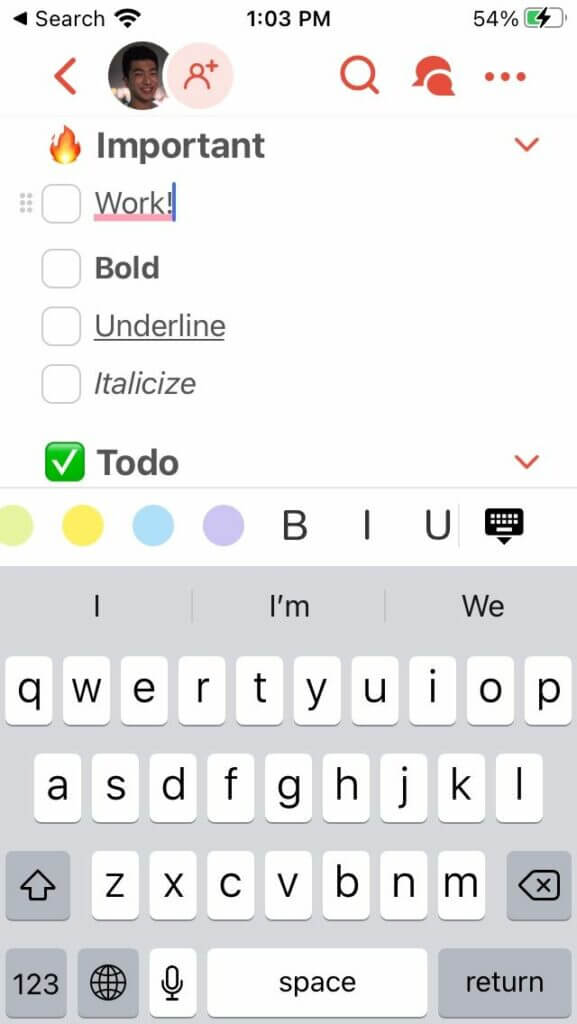
💡 All fleeting notes should end up in an Inbox folder, similar to the one used in David Allen’s Getting Things Done, and get processed within 24 hours.
4. Take Literature/Reading Notes
The second type of notes you want in your team’s Zettelkasten are reading/literature notes. These are the notes you take when reading books, articles, or documents.
For instance, if your team’s running a virtual book club, it may be a good idea to encourage everybody to jot down their thoughts and share them afterward.
The important bit is that every entry should come with a bibliographical reference so you can always follow the crumbs to the original resource.
Here’s a sample literature note with bibliographical information at the bottom. 👇

Whenever possible, paraphrase the reading material and actively scan it for connections between what you read and what’s already in the slip-box.
💡 To make the task easier, you can use the Cornell method we mentioned earlier to summarize the reading material based on cues/supporting questions.
5. Combine Everything Into Permanent Notes
“The idea is not to collect, but to develop ideas, arguments and discussions.”
Sönke Ahrens, How to Take Smart Notes(5)
Permanent notes are the most important part of your team’s Zettelkasten. They contained processed information distilled from the reading and fleeting notes.
Start by placing the notes from sections #2 and #3 in a wider context. In order to do that, Ahrens suggests asking the following questions:
- 📍 How does the new entry relate to what’s already in the slip-box?
- 🔗 Does it contradict, correct, support, or add to filed notes?
- 💭 What questions/potential ideas to explore does it trigger?
- 🌱 Can you combine those ideas to create something new?
But… why work on notes alone when you can invite others to join in? Be sure to bring in the rest of the team and work together on refining what’s inside the Zettelkasten!

Make sure that your team’s permanent notes are polished, reference the source (or link back to the reading note), and include no more than one idea per note.
Once you’re done, scrap the fleeting note and file the permanent note into the slip-box.
6. Choose a Naming Convention
As we already mentioned in our previous article, the easiest way to create a Zettelkasten naming convention is to base it on the note creation date.
For instance, a note identifier created on Dec 11th, 2020 would look like this #[11][12] [2020] or, if you want to include the precise time, like this #[11][12][2020][16][51].
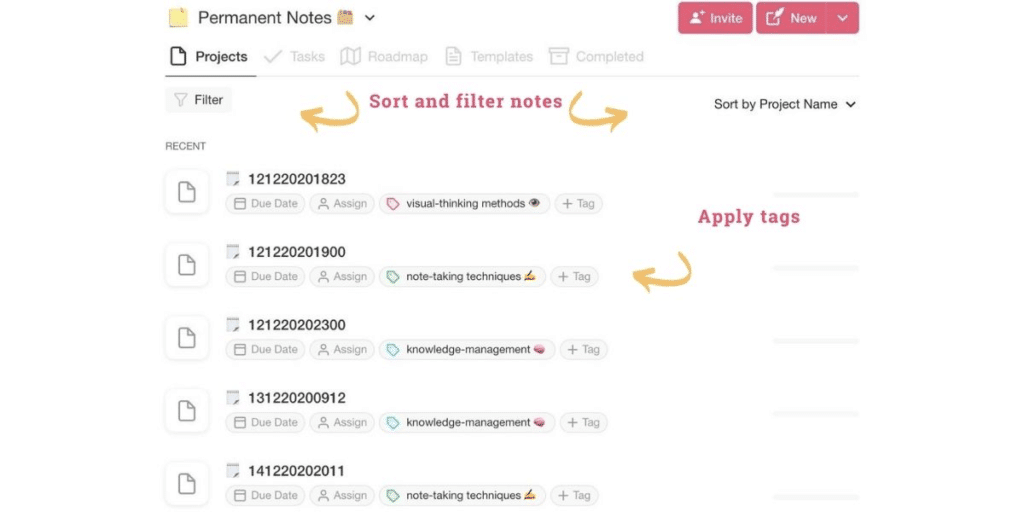
Of course, this type of sequencing makes it impossible to branch single notes into series, e.g. [1] ➡ [1a] ➡ [1b], and insert them into specific spots in the slip-box.
The good news is branching note identifiers is only relevant for a pen-and-paper Zettelkasten where it’s the only way (apart from keywords) to create context.
7. Add Tags and Cross-Link Individual Notes
Instead of relying on naming alone, our digital Zettelkasten will use bi-directional linking and indexing/tagging to make sure the context is always there.
First off, create a separate Index 🌲 project for each type of notes. You’ll use it to create a reference list of individual entries categorized by tags/keywords.
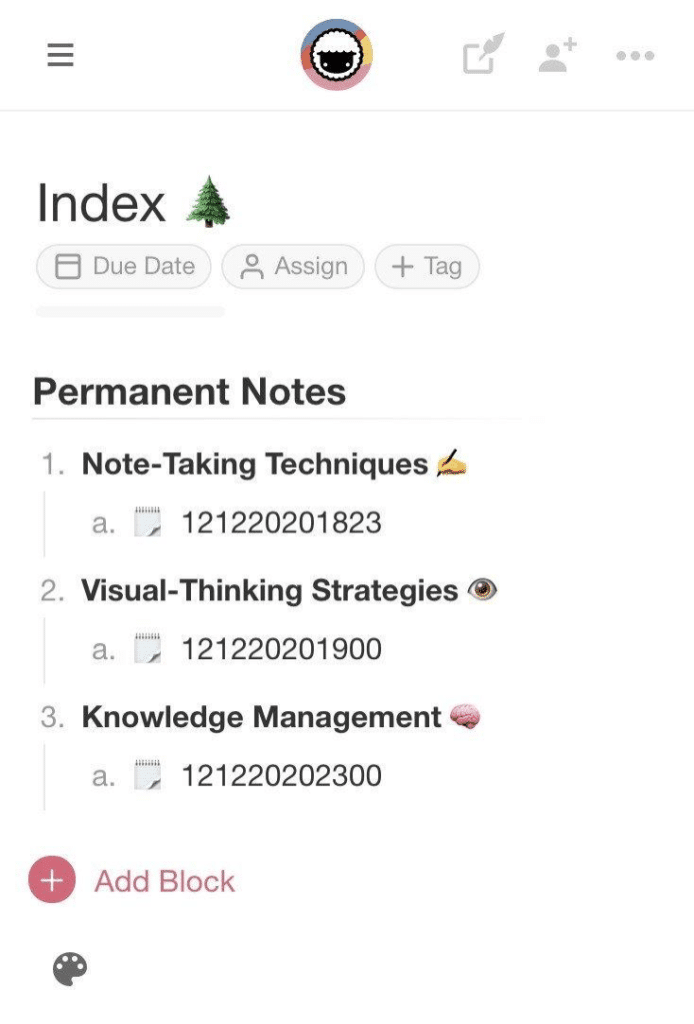
Next, to make navigating related entries easier, cross-link the notes by typing @ + note name anywhere in your Index 🌲 file. @mention is a brand new Taskade functionality that lets you connect and quickly jump between individual projects.
Like so. 👇
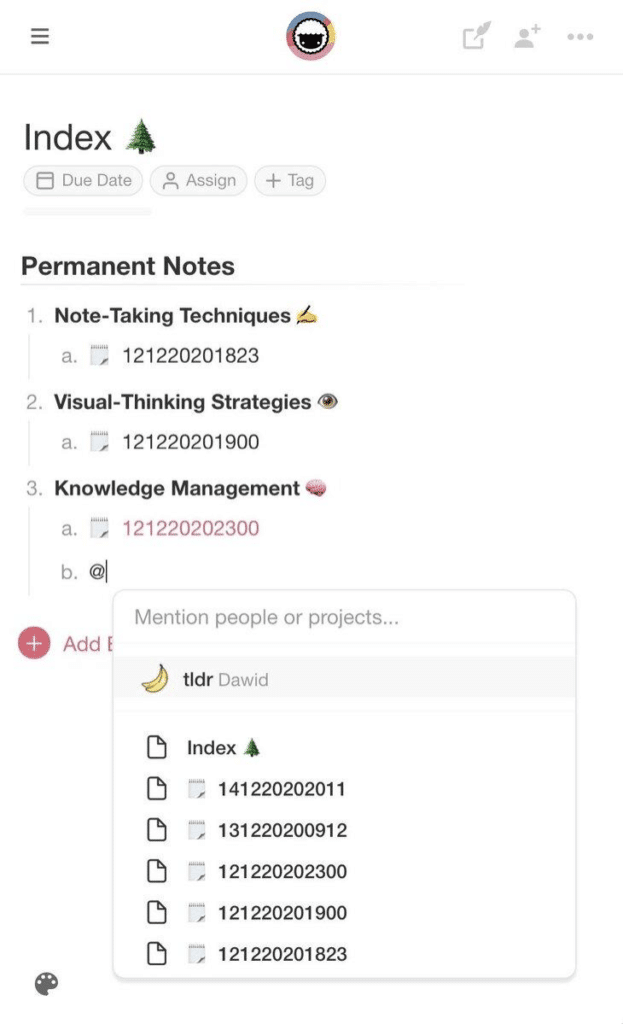
Finally, add bi-directional links to all notes that discuss the same subject, add new arguments, contradict each other, or connect into a larger context.
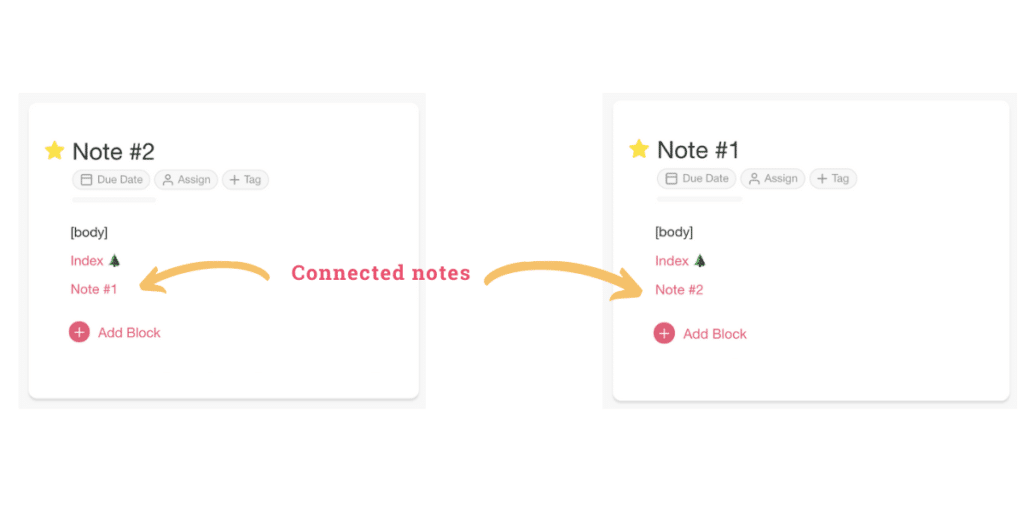
Here are all the steps for adding a new permanent note to Taskade:
- 🗓 Use a (DD/MM/YYYY) or (DD/MM/YYYY)(HH:MM) format as the title.
- 🔗 Add bi-directional links to connect notes in a series.
- 🏷 Append a relevant keyword/tag at the bottom of the note.
- 🗒 File the note title/link to the index page.
Done! 👏
🐑 Conclusion
Collaborative note-taking is a true remote work superpower. It promotes knowledge sharing, boosts productivity, and creates a reliable, curated source of information.
A solid, refined set of notes will give your team the leisure to cut down on research and focus on the creative stuff. And that means plenty of time to spare in the long run.
Hungry for more knowledge management tips? Check these three articles next.
- 🗂 The Zettelkasten Method for Distributed Teams
- 🔮 A Single Source of Truth: Why Your Remote Team Needs One
- 🧠 How To Build a Second Brain for Your Team
- ✍️ Got a Minute? A Quick Guide on How to Write Virtual Meeting Notes
- 🤖 + ✏️ AI and Note-Taking
🤖 Custom AI Agents: Create a team of AI agents to streamline research and document planning, one paragraph at a time.
🪄 AI Generator: Generate document outlines in seconds based on natural-language prompts or transform drafts into actionable plans.
✏️ AI Assistant: Tap into the power of GPT-4 Turbo to improve you writing, edit notes in the project editor, and add clarity to your arguments.
🗂️ AI Prompt Templates Library: Taskade packs hundreds of AI prompt templates to speed up writing, editing, and organization.
And much more…
🔗 Resources
- https://www.umfk.edu/student-success/academic-support/notes/
- https://theglobalscholars.com/2019/04/08/the-5-types-of-note-taking-methods
- https://flexiblelearning.auckland.ac.nz/note-taking-skills/15_2.html
- https://en.wikipedia.org/wiki/Zettelkasten#/media/File:Zettelkasten_paper_schematic.png
- https://www.amazon.com/How-Take-Smart-Notes-Nonfiction-ebook/dp/B06WVYW33Y



 How to Plan Effective Project Team Meetings: Strategies for Success
How to Plan Effective Project Team Meetings: Strategies for Success  14 Best AI Tools for Planning and Running Meetings
14 Best AI Tools for Planning and Running Meetings 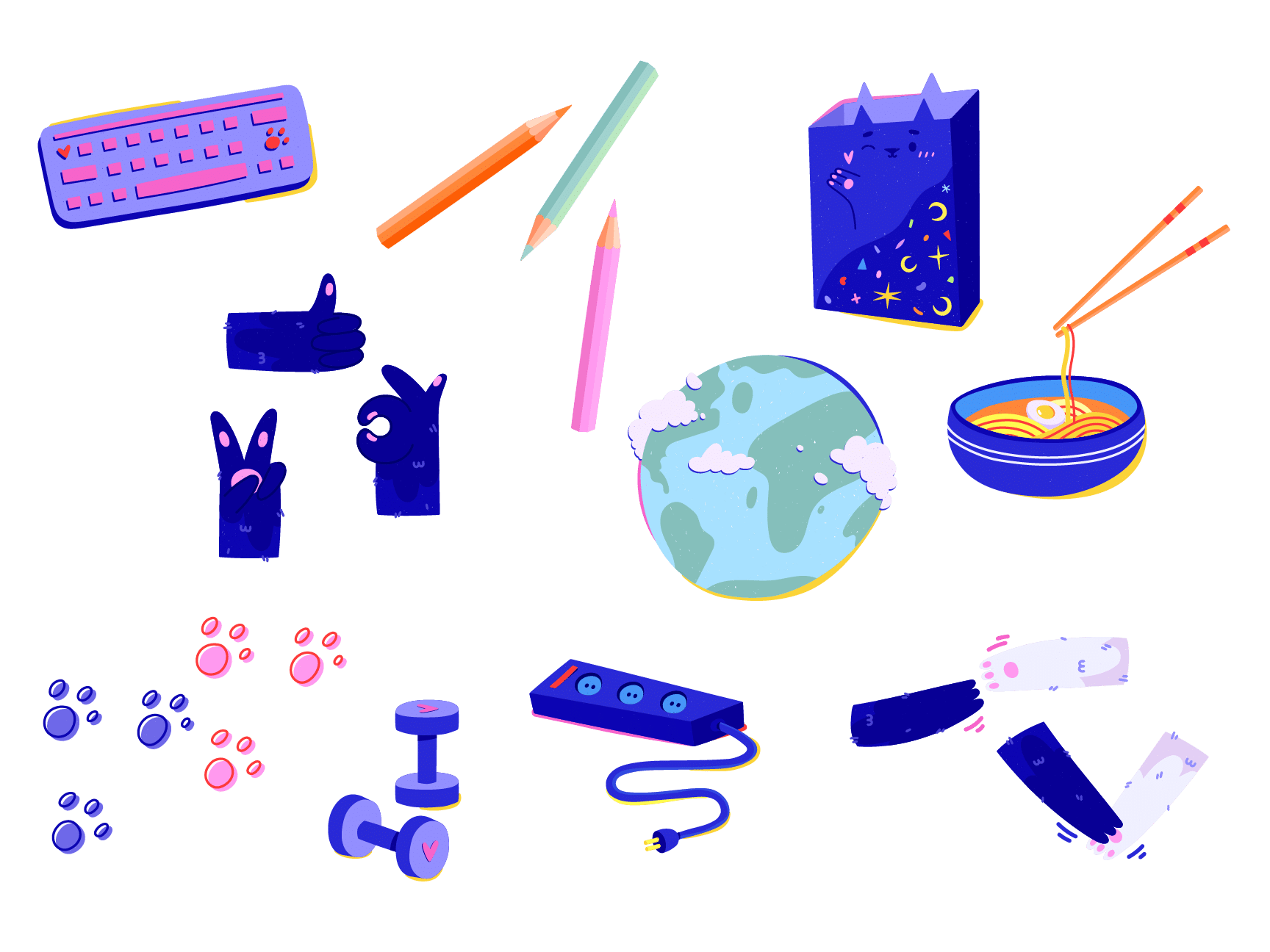 Creating Customer Service SOPs: A Guide for Streamlining Your Support
Creating Customer Service SOPs: A Guide for Streamlining Your Support 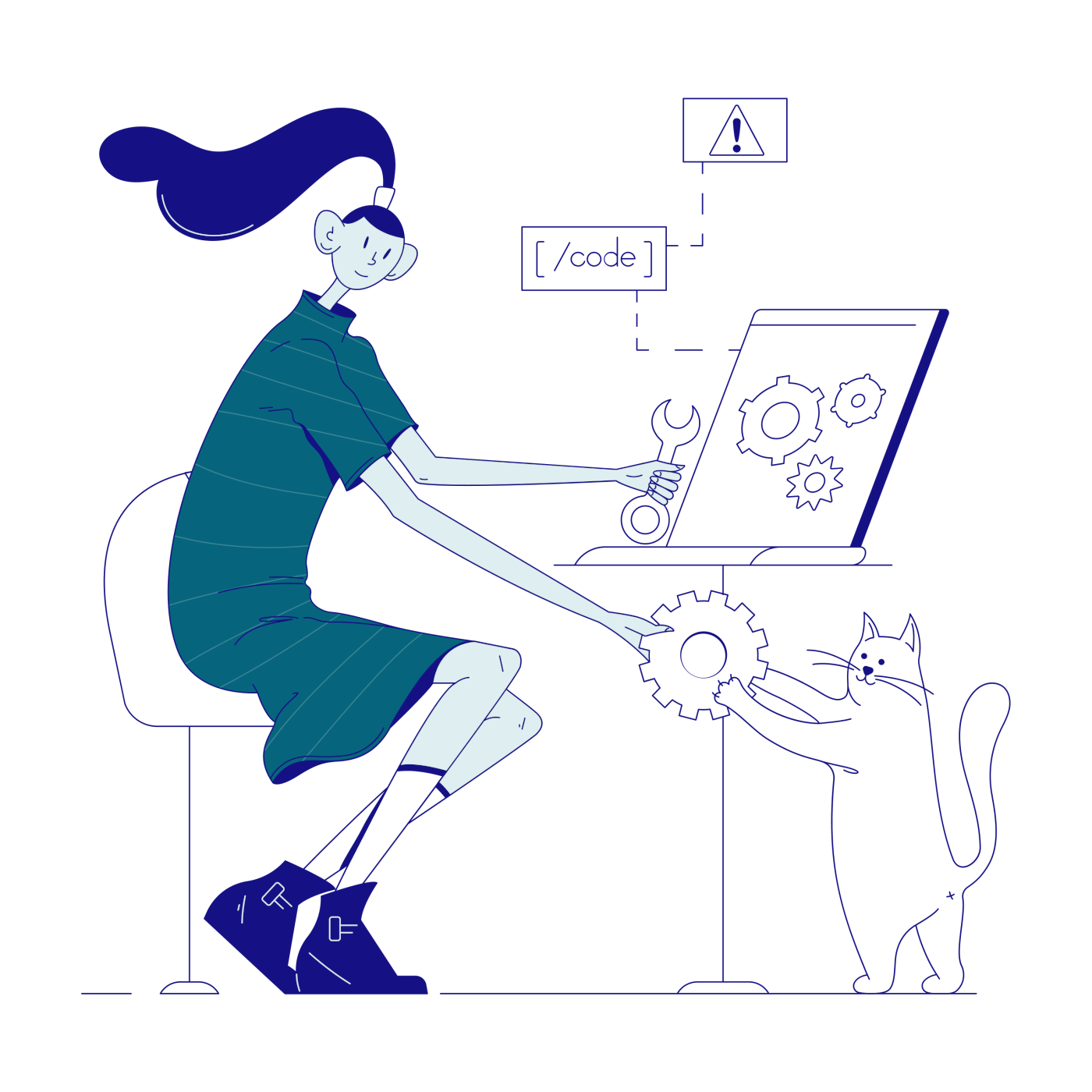 15 Top AI Content Marketing Tools for Remote Teams
15 Top AI Content Marketing Tools for Remote Teams 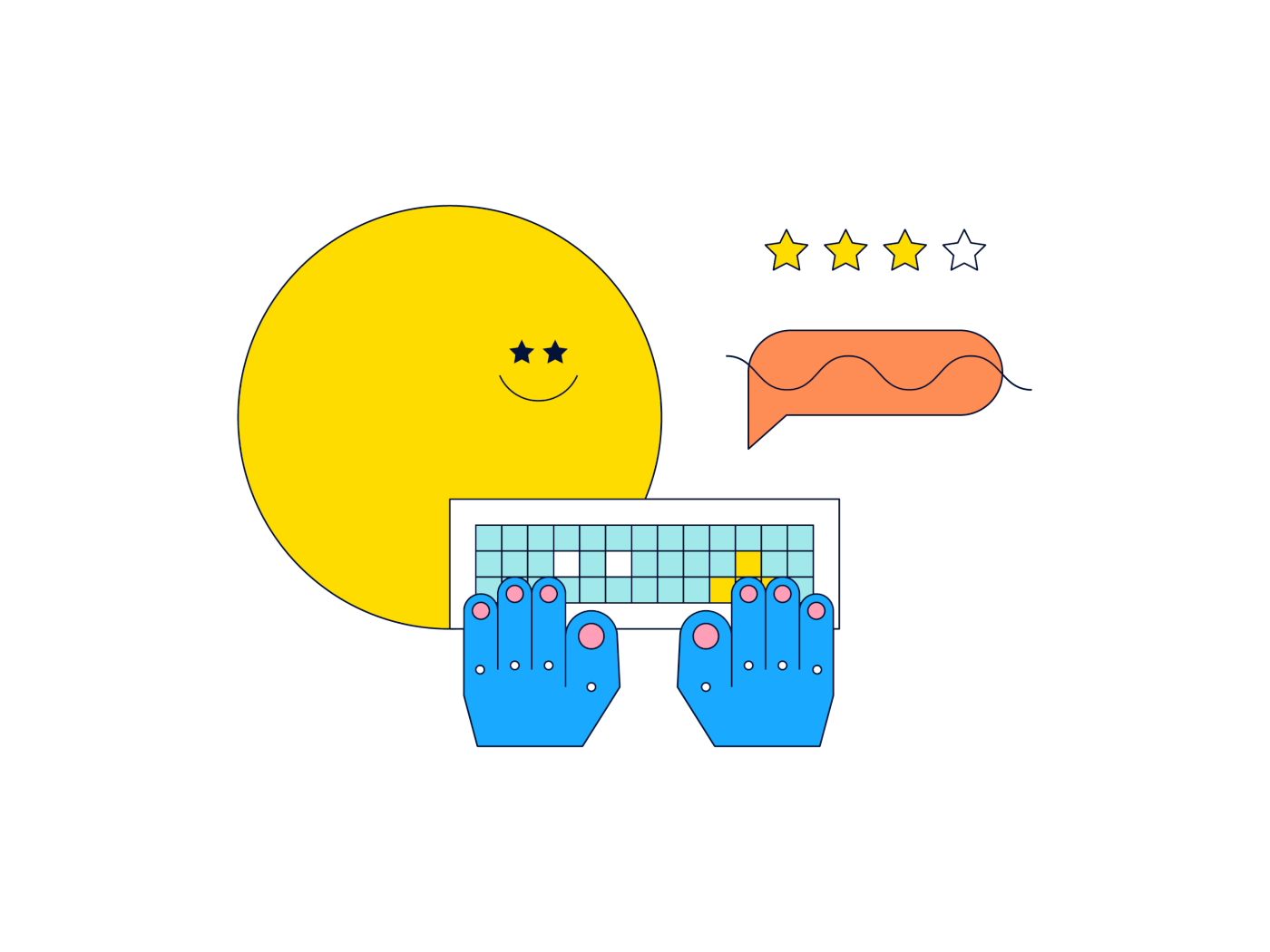 9 Top AI Brainstorming Tools for Virtual Teams in 2024
9 Top AI Brainstorming Tools for Virtual Teams in 2024  14 Best AI Collaboration Tools for Remote Teams (Updated 2024)
14 Best AI Collaboration Tools for Remote Teams (Updated 2024)